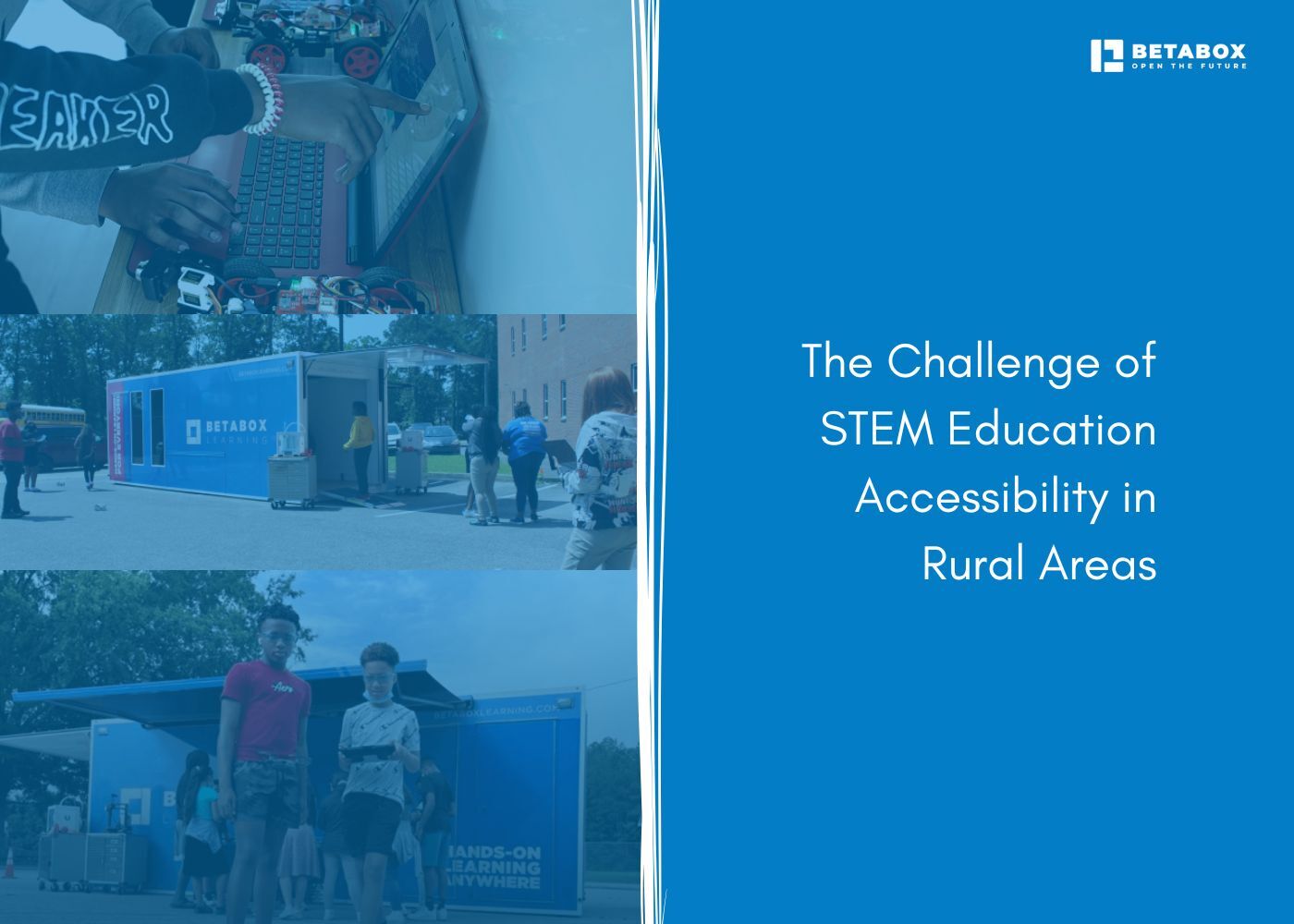
Rural communities hold enormous potential for STEM education, yet students in these areas consistently face barriers their urban peers don't encounter. The path to technology careers shouldn't depend on geography, but today's reality tells a different story.
Understanding what blocks rural STEM access and how to overcome these challenges matters for the future workforce and for ensuring every student can pursue technology careers.
STEM careers continue growing across every sector of the economy. Students in rural areas deserve the same preparation for these opportunities as students anywhere else. When rural schools lack quality STEM instruction, entire communities lose the chance to develop homegrown talent.
Research shows that high-quality STEM teachers significantly impact student learning regardless of location. The challenge is getting those teachers into rural classrooms and keeping them there.
Rural students often bring unique perspectives shaped by their connection to land, agriculture, and tight-knit communities. These experiences can enrich STEM learning when educators know how to leverage them.
Reliable internet access remains a fundamental barrier. Many rural areas lack the broadband infrastructure necessary for modern STEM learning tools. Students can't access online resources, virtual labs, or collaborative platforms that urban students take for granted.
The digital divide extends beyond school walls. When students go home to areas without the internet, they can't complete assignments or explore STEM topics independently.
Distance creates practical challenges. Rural schools may sit hours from universities, makerspaces, or industry partners that could enrich STEM programs. Bringing guest speakers or organizing field trips requires significantly more planning and resources.
Transportation logistics also limit students' ability to participate in after-school STEM clubs or regional competitions.
STEM teacher shortages hit rural schools hardest. Mathematics, physics, and chemistry positions consistently rank among the most difficult to fill nationwide. Rural districts face an even smaller pool of candidates willing to relocate.
Lower salaries compared to urban districts and limited career advancement opportunities make recruitment harder. Geographic isolation can feel particularly challenging for young teachers fresh out of college.
Research on rural STEM teachers reveals that one-third leave within the first three to five years. Common reasons include feeling disconnected from the community, lacking adequate support systems, and missing professional development opportunities.
Teachers who grew up in similar rural environments show higher persistence rates. They understand the culture and often have existing family or social ties to the area.
Small class sizes allow for more individualized instruction and experimentation with teaching methods. Teachers gain autonomy to design curriculum that connects to local contexts.
Strong community connections matter enormously. When teachers become embedded in the community through coaching, local activities, or family relationships, they're more likely to remain long-term. One teacher described how coaching basketball helped him build relationships with students and families that strengthened his entire teaching practice.
Rural districts often operate with limited budgets. Property tax-based funding models disadvantage areas with smaller populations and lower property values.
This translates to:
Teachers in rural schools frequently teach multiple subjects because districts can't afford specialists. A physics teacher might also cover chemistry and general science, spreading expertise thin.
Rural areas offer something special: deep connections to place. Place-based STEM education leverages students' existing knowledge about their local environment, economy, and community.
When students study water quality in the creek behind their school or analyze agricultural systems their families depend on, STEM becomes immediately meaningful. This approach helps students see how engineering connects to farming or how environmental science relates to forestry management.
Teachers who listen carefully to students discover what matters locally. One teacher realized his students didn't view college as relevant to their lives. By connecting STEM learning to local careers and helping students see pathways that let them stay near family, he made education feel more purposeful.
Rural communities themselves become learning laboratories. Students can interview local business owners about how they use data, shadow veterinarians, or partner with county extension offices on research projects.
This strategy requires teachers who view students' "funds of knowledge" as assets rather than gaps to fill.
Districts that invest in local talent see better retention. Identifying promising high school students, supporting them through college with scholarships or stipends, and bringing them back as teachers creates a pipeline of educators who already have community ties.
These programs work because local teachers understand the culture, have existing relationships, and often feel committed to giving back.
Industry partnerships can transform rural STEM education when structured thoughtfully. Technology companies, research institutions, and foundations can provide funding, equipment, and expertise that rural districts struggle to access independently.
The key is ensuring partnerships serve student needs rather than just corporate interests. Effective collaborations focus on long-term capacity building, not one-time events.
Rural schools need resources that work immediately without extensive setup. Mobile labs, pre-designed project kits, and hands-on experiences delivered directly to schools remove logistical barriers.
Programs that bring STEM enrichment directly to school parking lots eliminate transportation challenges and provide experiences students might never otherwise access. Evaluation data shows students can gain significant STEM knowledge even from single, well-designed sessions.
Mentorship matters enormously for retention. Pairing new teachers with experienced colleagues who understand rural contexts helps them navigate challenges specific to these settings.
Professional development should address place-based pedagogy and help teachers connect curriculum to local contexts. Hands-on workshops that model effective strategies give teachers practical tools they can implement immediately.
Where broadband exists, virtual field trips and remote expert sessions can bring outside perspectives into rural classrooms. Online professional learning communities help teachers feel less isolated.
However, technology should supplement rather than replace hands-on learning. Project-based kits that students can physically build and test remain crucial for developing real STEM skills.
Policy plays a critical role in addressing rural STEM equity. Funding formulas that account for geographic challenges, targeted grants for rural districts, and incentives for teachers willing to work in high-need areas all help.
Broadband infrastructure investment should be treated as essential educational infrastructure, not a luxury. States that prioritize rural connectivity enable modern STEM learning.
Closing rural STEM gaps requires acknowledging both challenges and opportunities. Yes, rural schools face real barriers. But they also offer unique advantages: tight-knit communities, opportunities for place-based learning, and students eager to see how STEM connects to their lives.
The solution isn't trying to make rural schools identical to urban ones. It's building on rural strengths while providing the resources and support these communities deserve.
Districts ready to strengthen STEM capacity can start by assessing current resources, identifying local partners, and connecting with organizations focused on rural STEM equity.
Every student deserves a path into technology careers. Geography shouldn't determine destiny. With intentional effort and appropriate support, rural communities can become hubs of STEM innovation that prepare students for the future while keeping them rooted in places they love.
Start your application to explore funding opportunities and implementation support tailored to rural districts.
What are the biggest challenges in rural STEM education?
The most significant barriers include limited broadband connectivity, difficulty recruiting and retaining qualified STEM teachers, lower funding due to property tax-based models, and geographic isolation from universities and industry partners. Rural schools also face higher teacher turnover and often lack the resources for specialized equipment and up-to-date technology.
How does broadband access affect rural STEM learning?
Broadband connectivity determines whether students can access online learning platforms, virtual labs, coding environments, and collaborative tools. Without reliable internet, students miss opportunities for independent exploration and can't complete digital assignments at home. The digital divide extends learning inequity beyond school hours.
Why is STEM education important in rural communities?
STEM skills prepare students for technology-enabled careers that increasingly shape every sector, from agriculture to healthcare. Strong rural STEM education helps communities develop local talent who can return with expertise to strengthen the local economy. It also ensures rural students have equal opportunity to pursue fulfilling, well-paying careers.
What strategies can improve STEM accessibility in rural schools?
Effective approaches include grow-your-own teacher programs that recruit local talent, place-based learning that connects STEM to local contexts, turnkey resources that minimize setup barriers, strategic partnerships with industry and institutions, and mobile programs that bring experiences directly to schools. Strong mentorship for new teachers and funding models that account for rural challenges also help.
How can communities support STEM education in rural areas?
Community members can volunteer as mentors, share their professional expertise through classroom visits, support school levies and bond measures, partner with schools on place-based projects, and advocate for broadband infrastructure investment. Local businesses can provide internship opportunities and collaborate on real-world problem-solving projects with students.


Ready to learn how Betabox resources can be implemented at your school or District?
Book a Blueprint Call

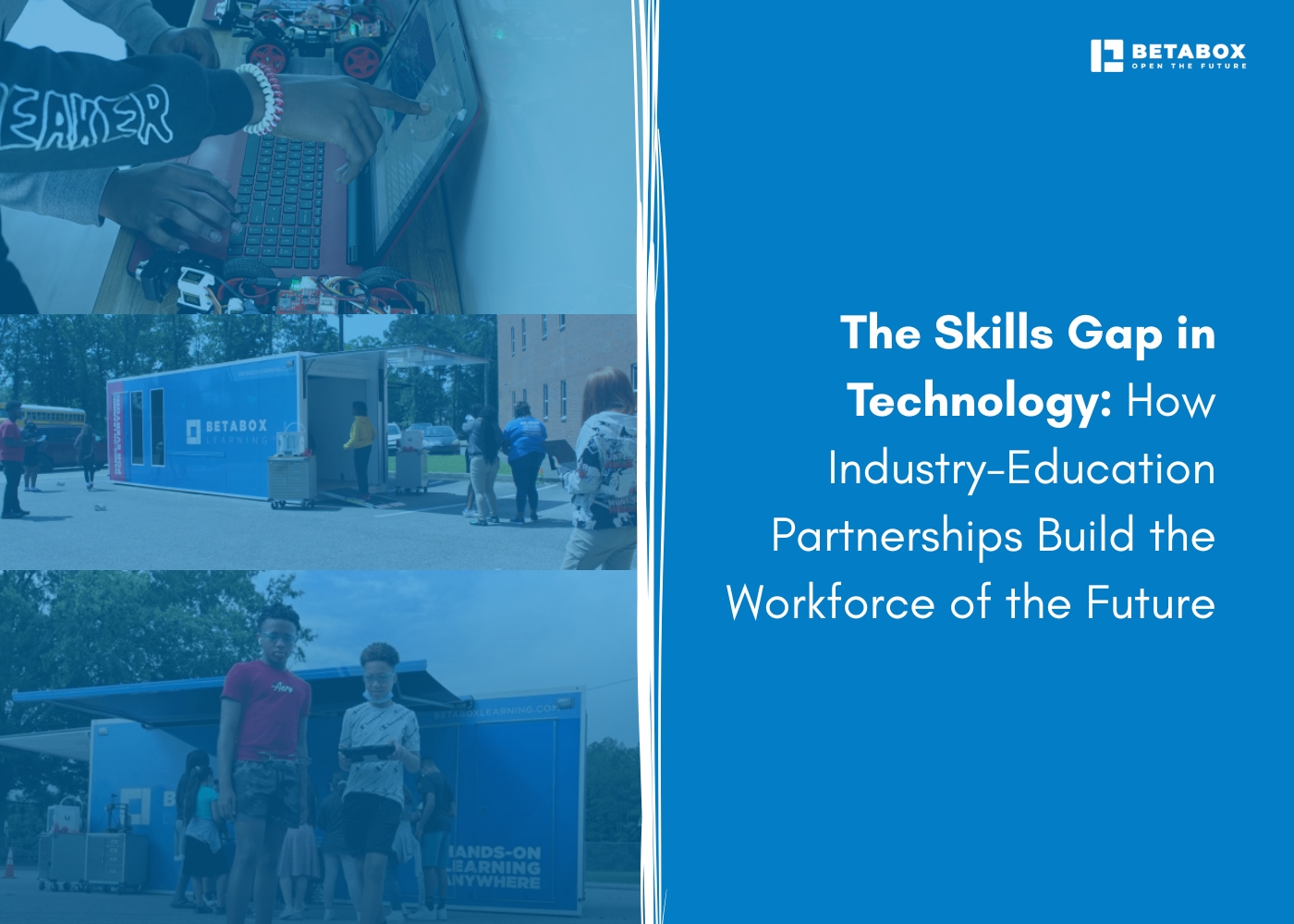

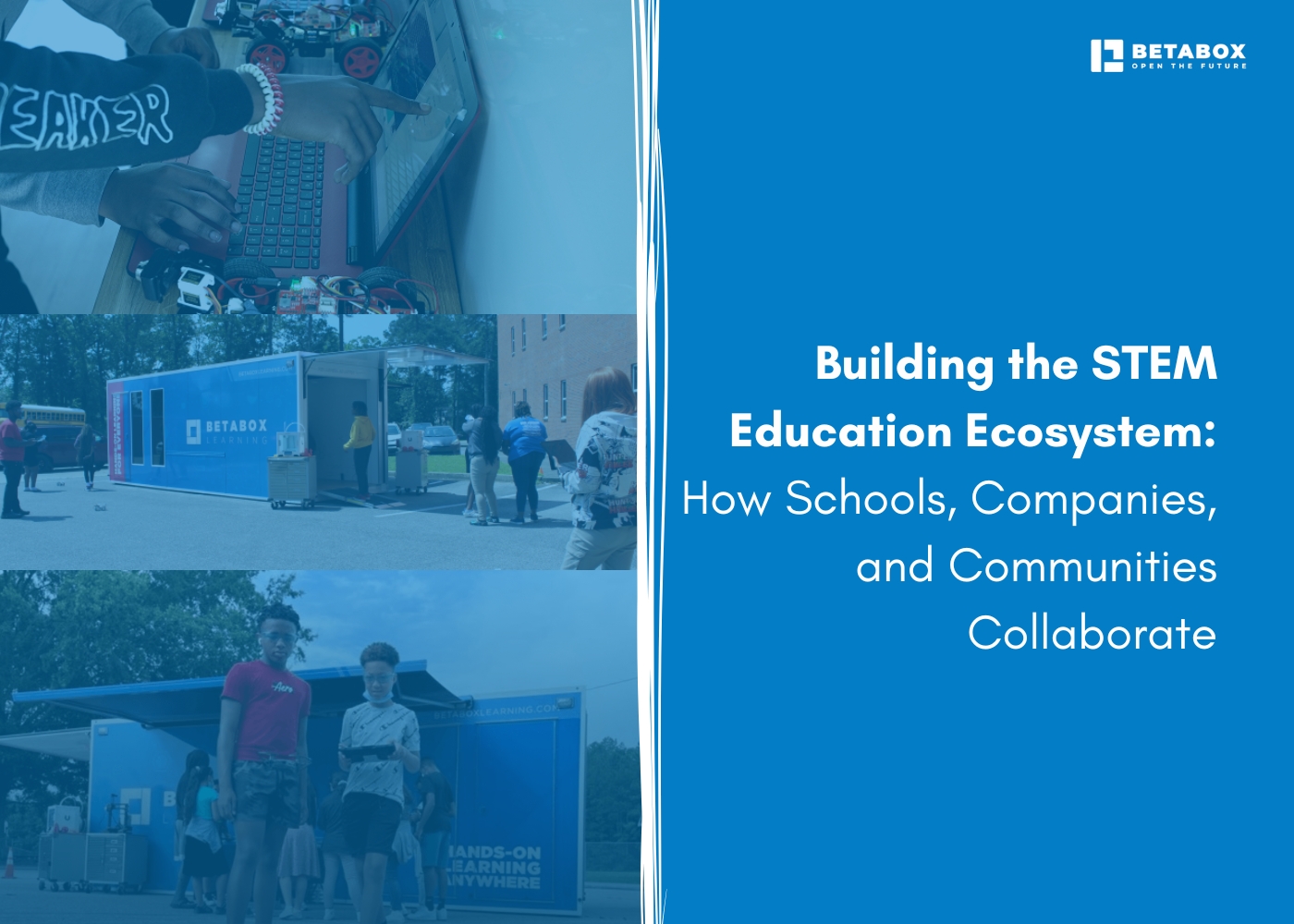



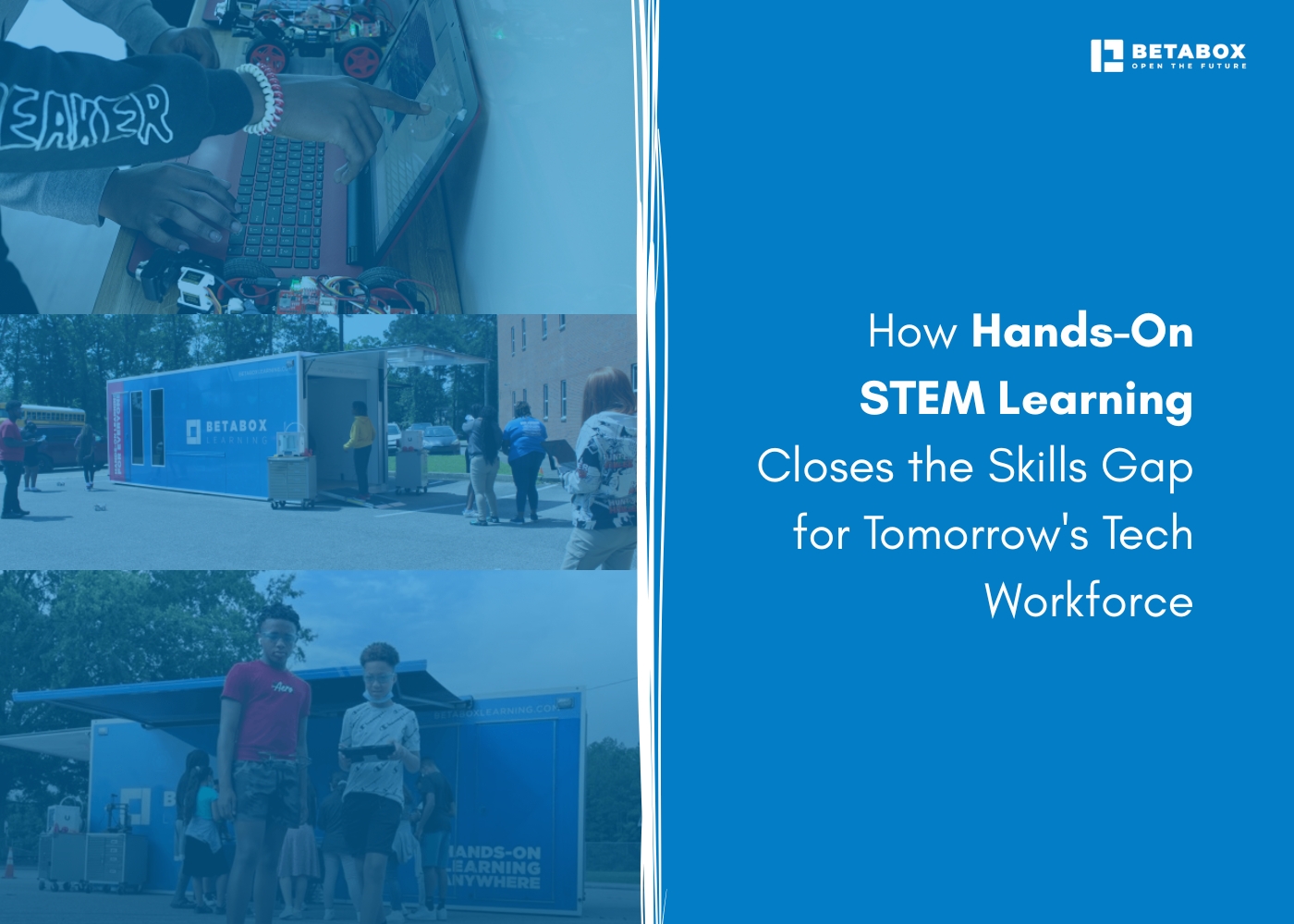

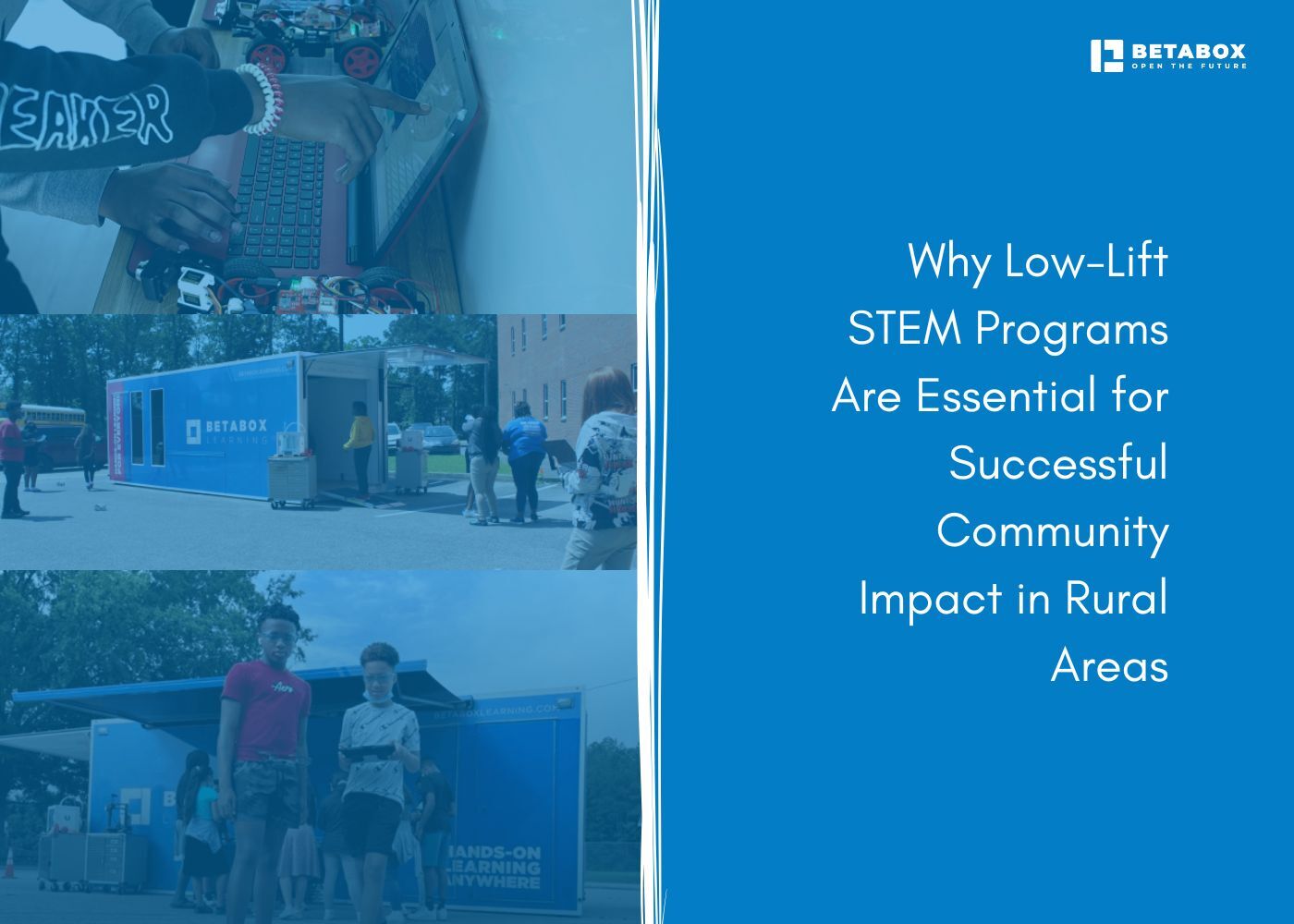

.jpg)

.jpg)

.jpg)

.jpg)







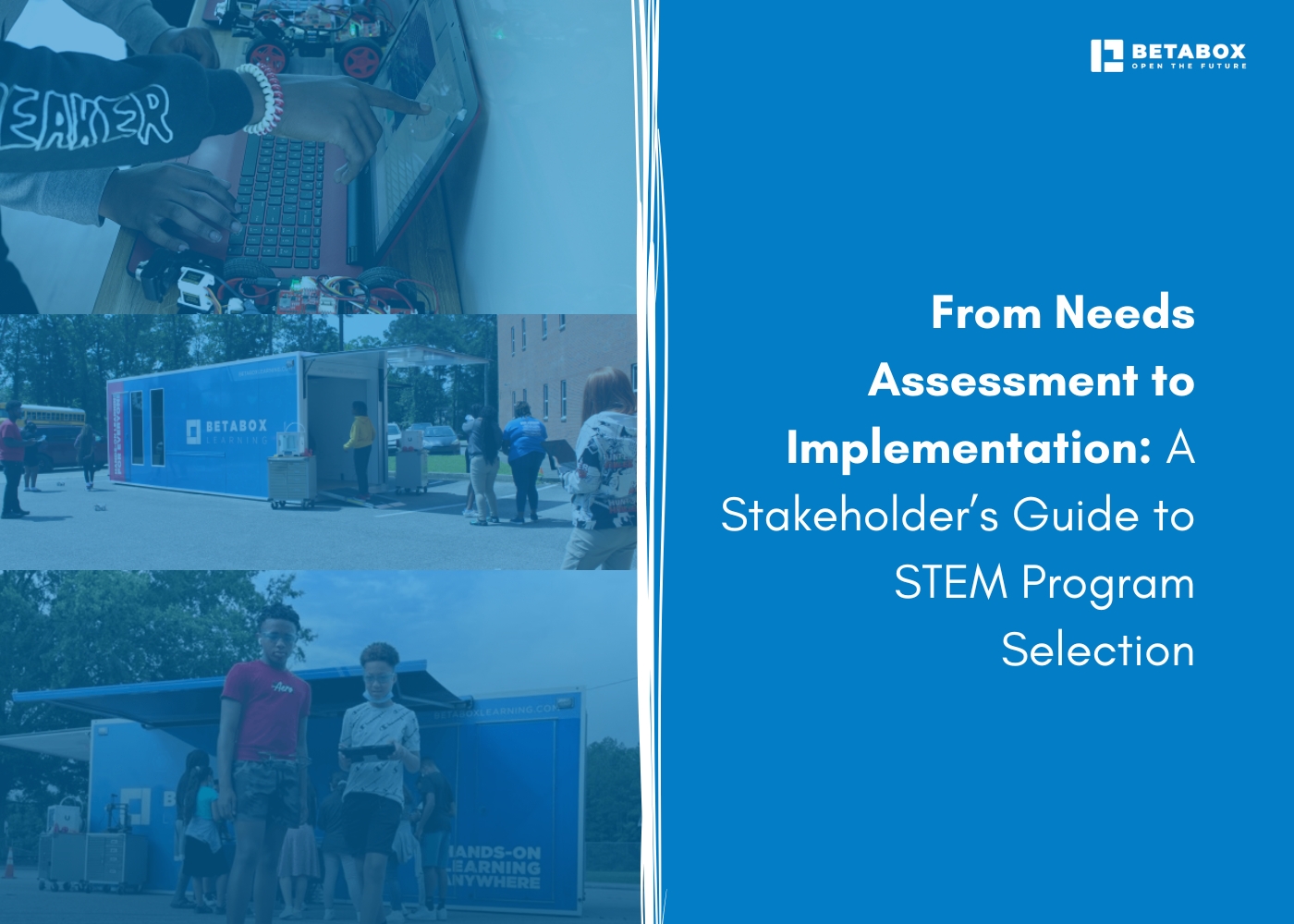

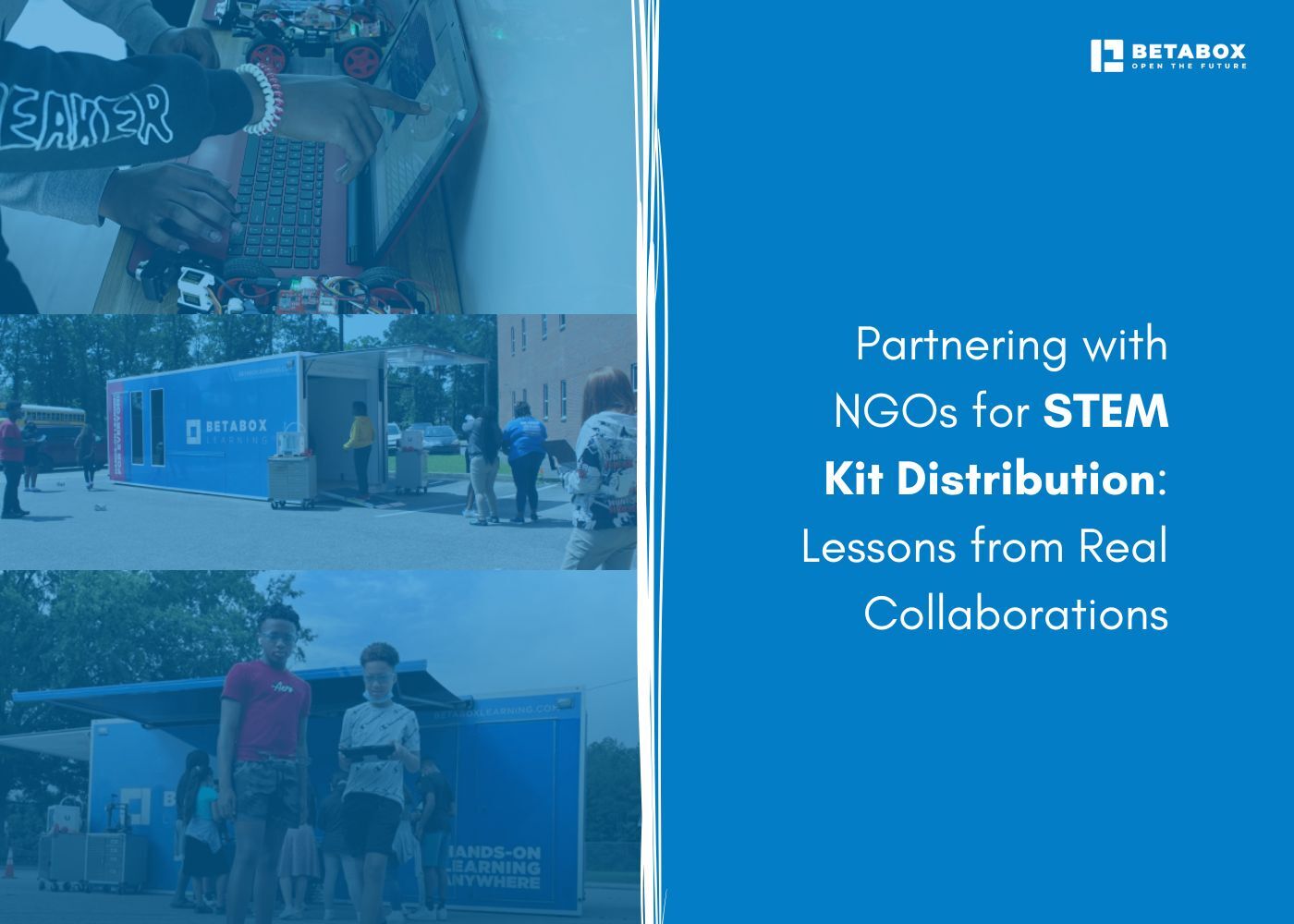

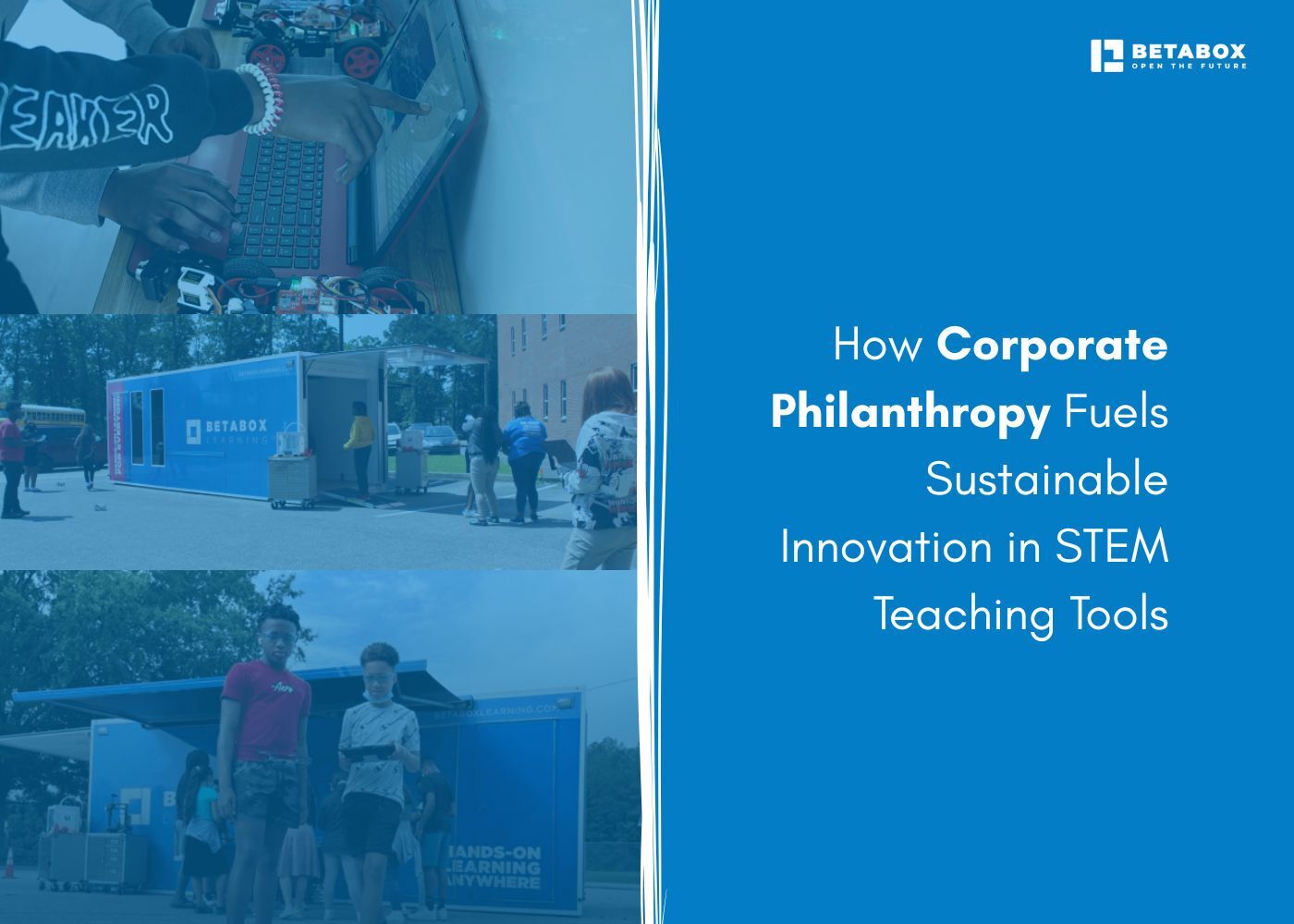

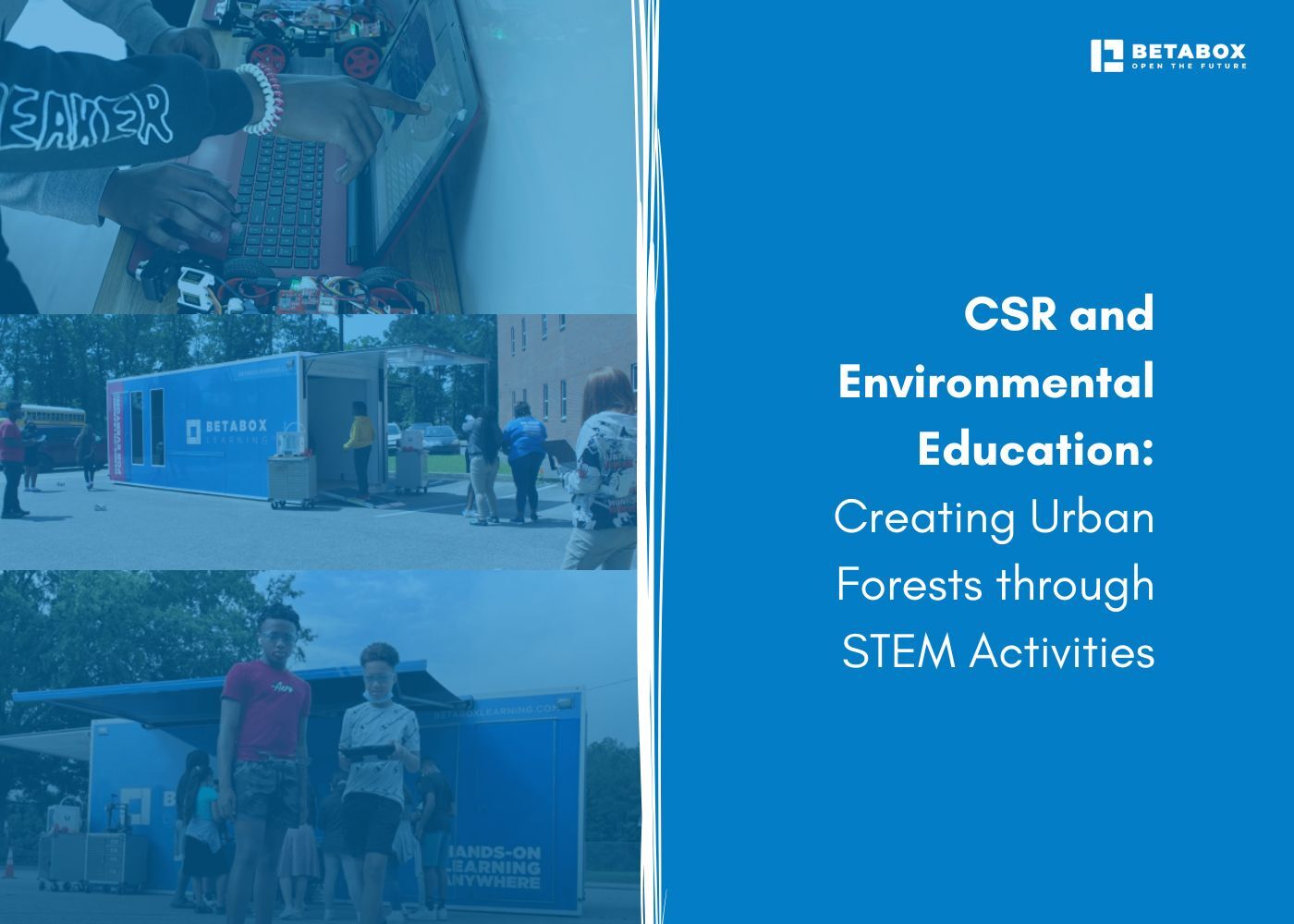

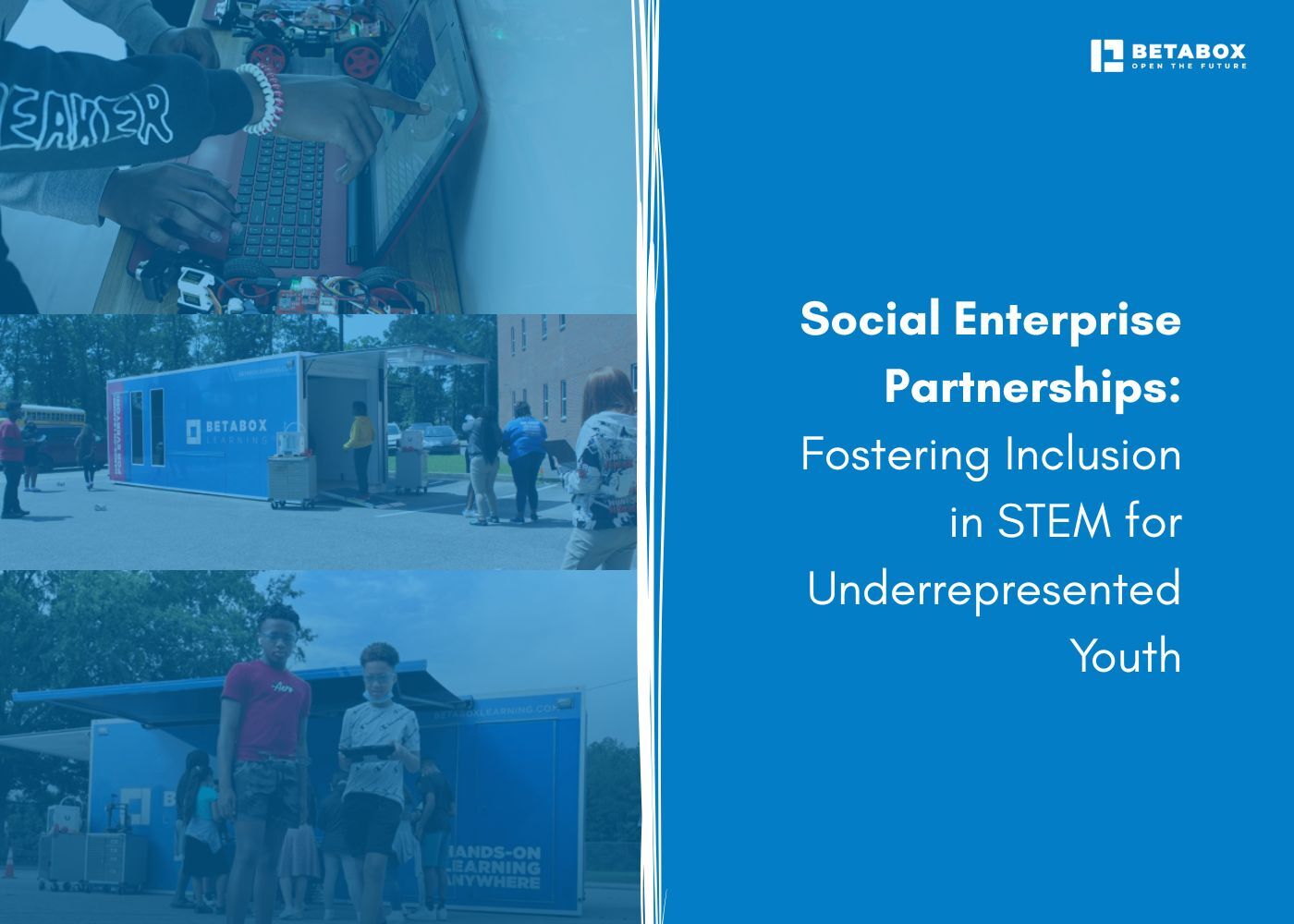

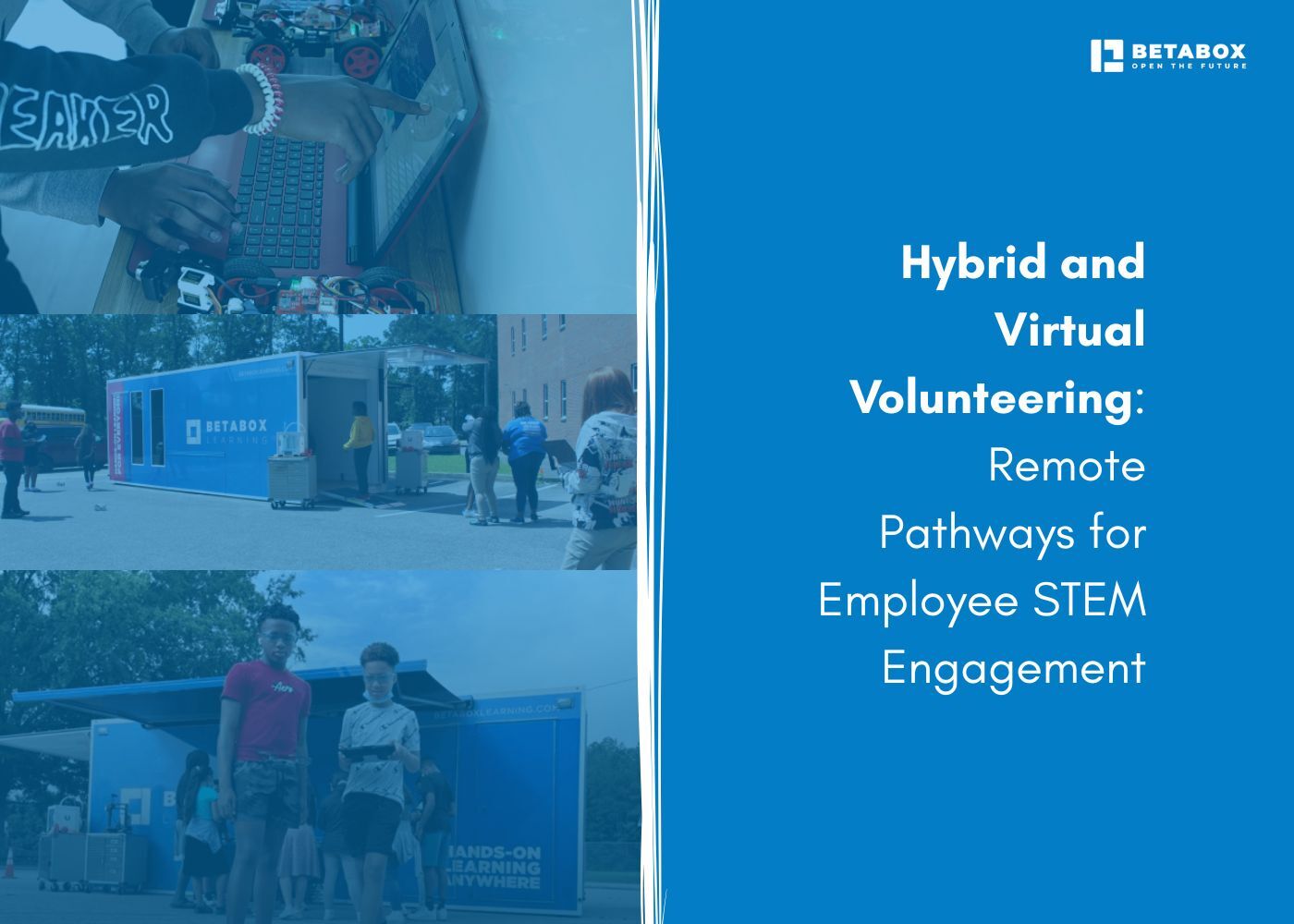

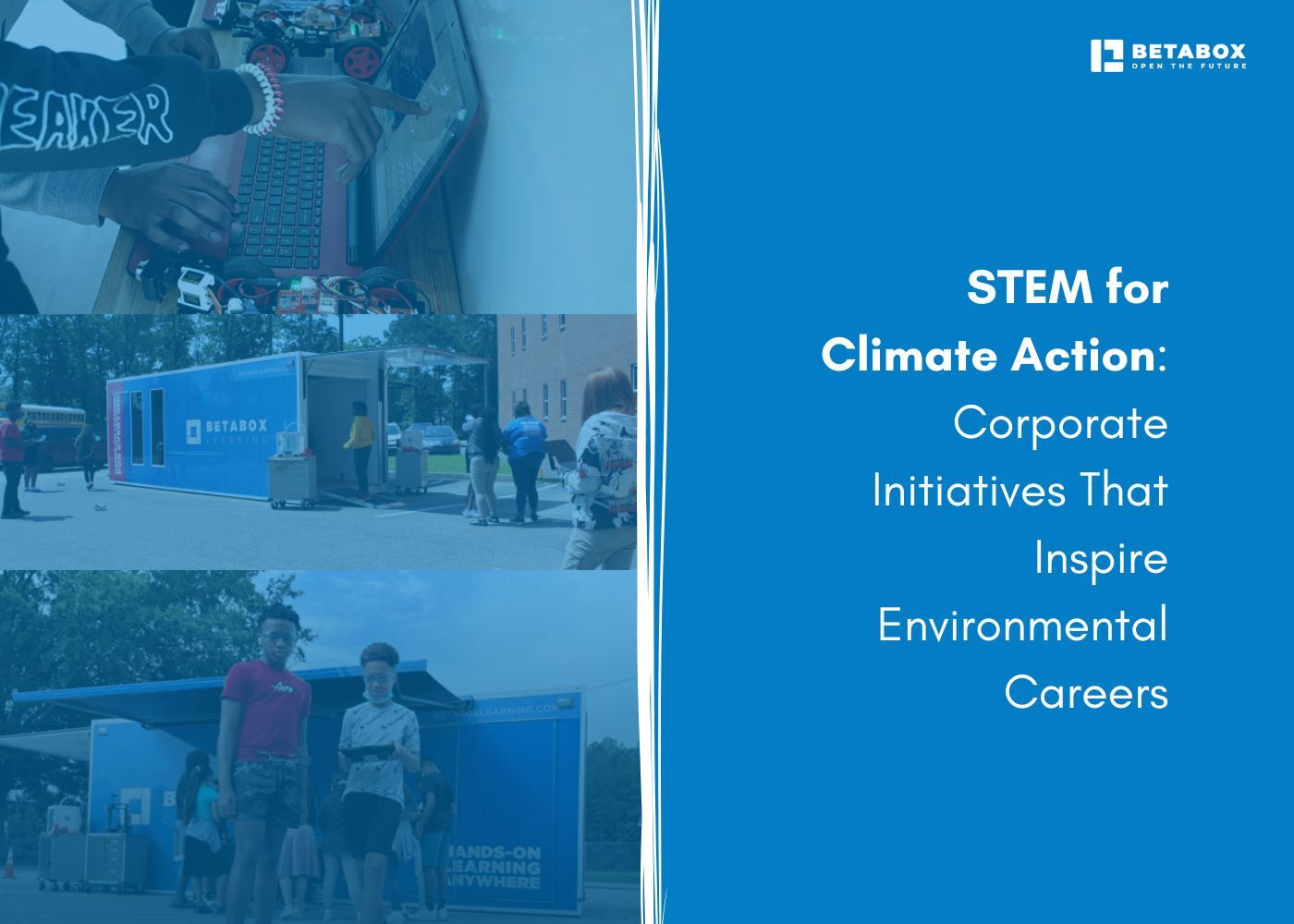



At Betabox Learning, we are passionate about making hands-on STEM curricula accessible to all students.

Join our newsletter to stay in the loop on all things Betabox and the future of STEM education.
By submitting your email address, you agree to our Privacy policy and Terms of Service. You can unsubscribe any time via the link in your email.
© 2025 Betabox. All Rights Reserved
